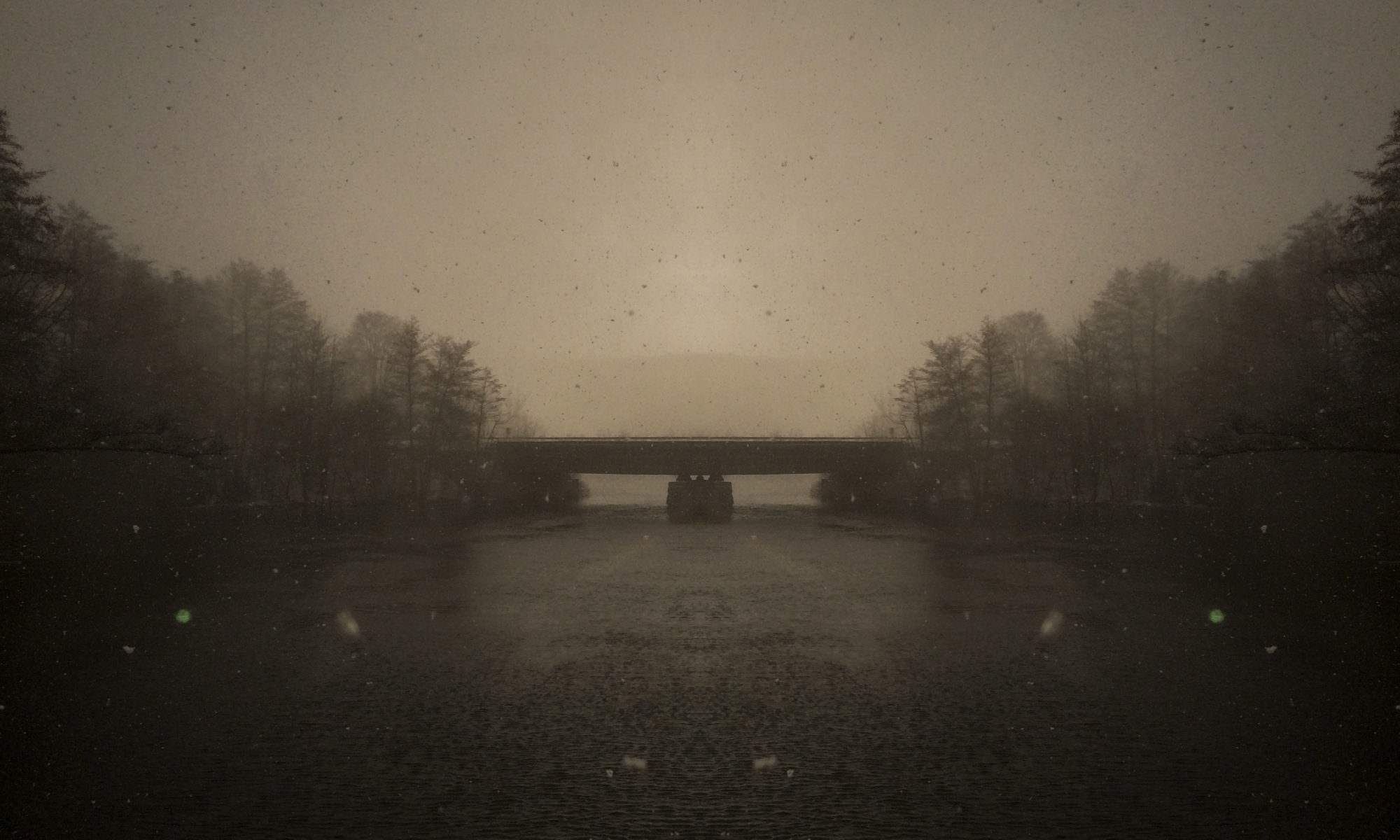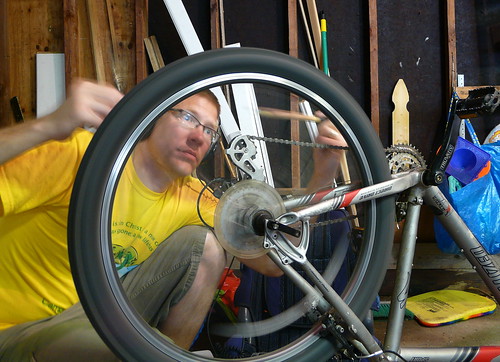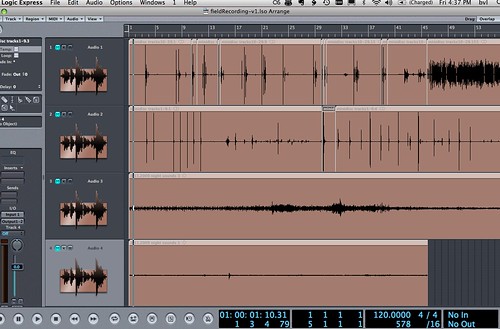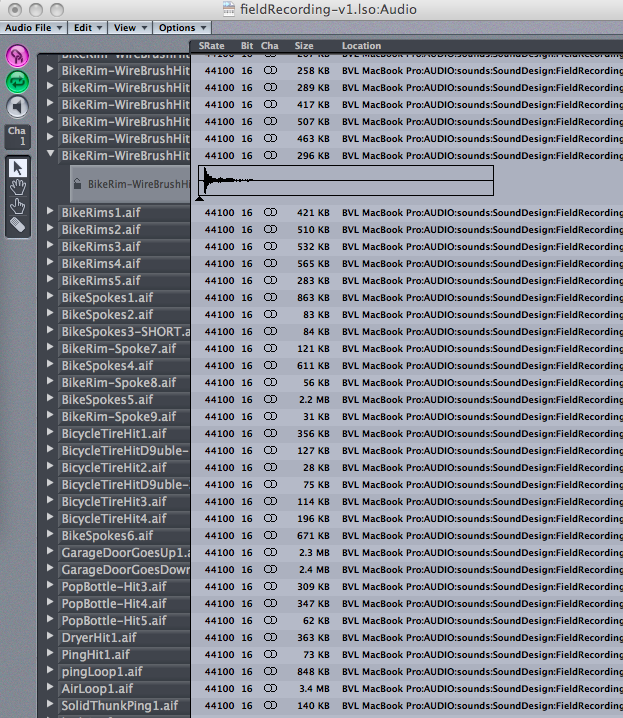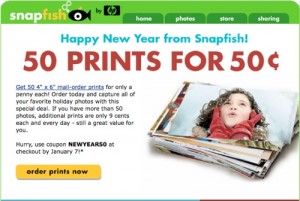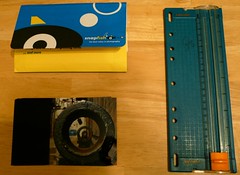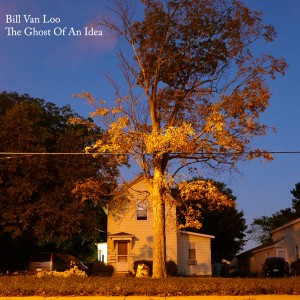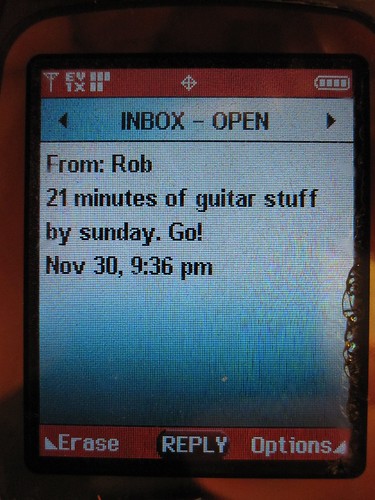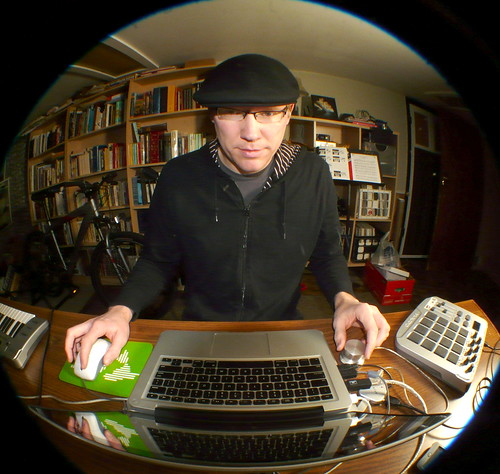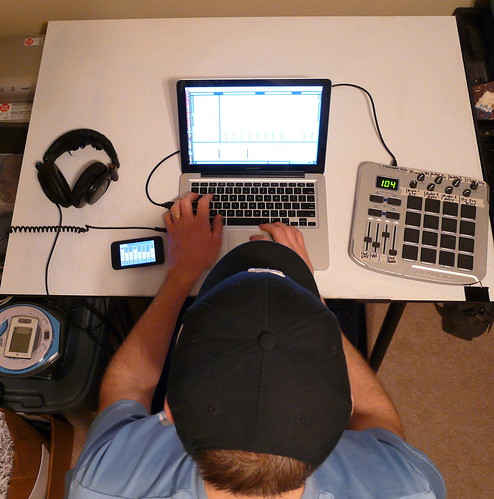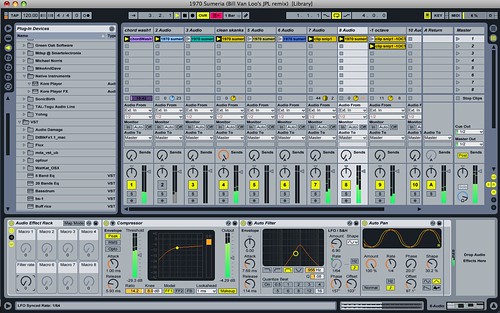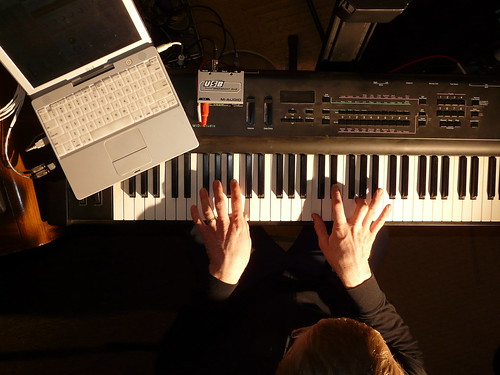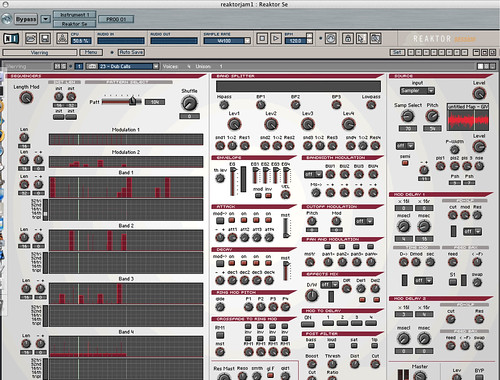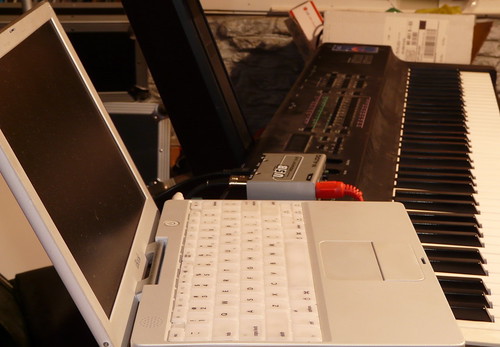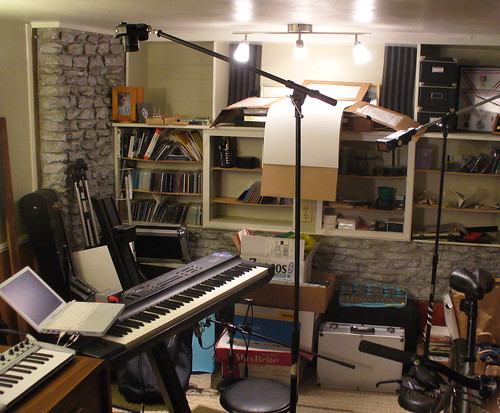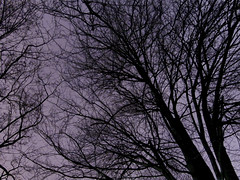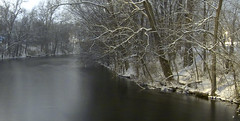Something very special happened this week: the solidification of a group of extremely talented musicians that I am fortunate enough to be a part of, called company 7.
This week’s project was getting things organized for company 7’s upcoming releases and Web presence. The group’s new site is:




company 7 is made up of Hans Anderson, Rebecca Anderson, Gabriel Craft, Rebekah Craft, and Bill Van Loo. Our current plans are to finish up an EP for release on chromedecay later this year, and begin planning our live performances. I’m proud to be part of such a talented group of musicians.
A little backstory about the members of company 7. Hans and Rebecca Anderson are a husband-wife duo also known as Double Helix. They have recorded for labels like Transmat Japan, Rush Hour and Delsin, producing house music tinged with jazz, dub, and gospel influences. Gabriel and Rebekah Craft are another husband-wife pair. Gabriel is an extremely talented drummer, having played with groups like Cloud 9 and others. Rebekah is a singer-songwriter, taking her talents to the acoustic guitar and poetic lyrics.
We first played together during the fall of 2004, during a burst of creative output. Family life and other commitments obliged us to put this group on hold, however, until fall of 2009, when we began working on new material again. Photos from one such session are found here:
http://www.flickr.com/photos/chromedecay/sets/72157622286457436/
This week, we made the decision to finish up our current set of material for release as an EP, as well as getting our Web presence up and running. The results are the new company 7 website, as well as some more behind-the-scenes work like putting together chord charts, track info sheets, and so on, to allow us to more easily work on finishing our material.

I’m very excited to bring you our music in the near future.
